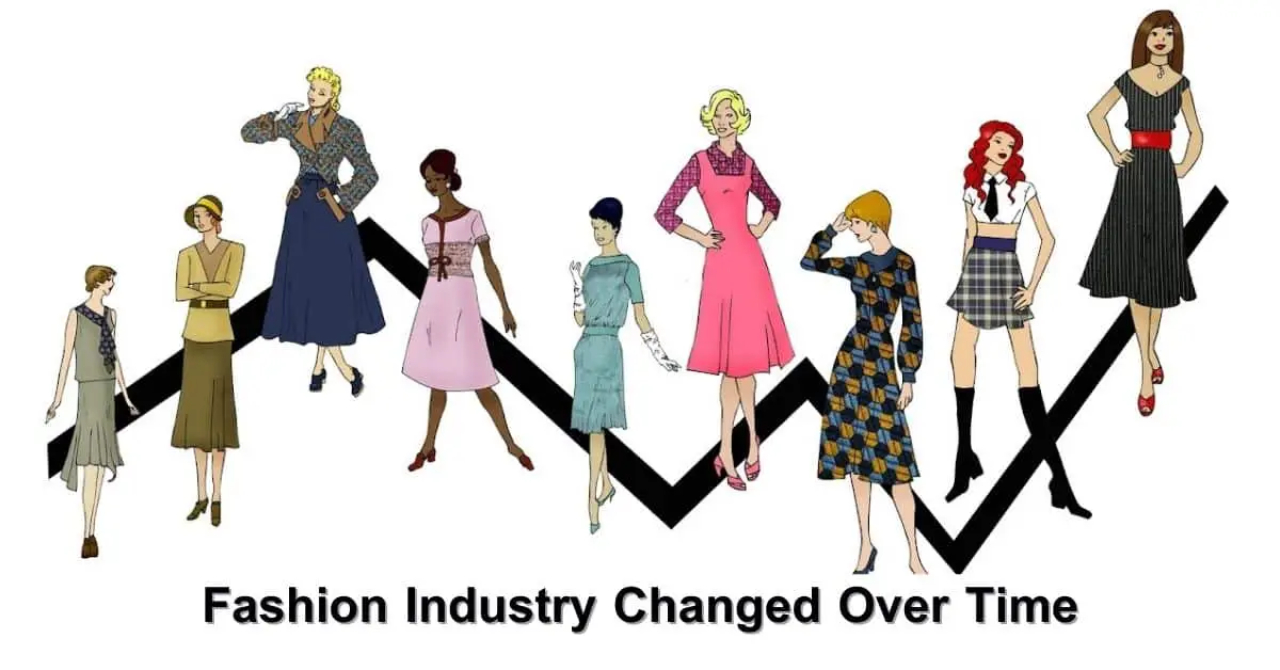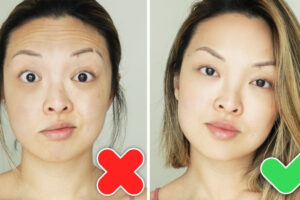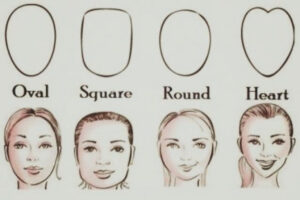Introduction
Fashion is a reflection of society and its values, constantly evolving to express individuality, cultural influences, and prevailing attitudes. Over the years, fashion trends have been a means of self-expression, and they often differ between genders. This article delves into the historical variations in fashion trends between men and women, the impact of cultural influences and media, the breaking of gender norms, and the rise of unisex fashion.
Historical Overview of Fashion Trends
Throughout history, fashion trends have undergone significant transformations, influenced by various factors such as social status, cultural practices, and technological advancements. The divergence in fashion trends between genders can be traced back to ancient civilizations, where clothing styles differentiated between men and women.
Gender Roles and Fashion
The concept of gender roles has played a pivotal role in shaping fashion trends. Traditional gender norms dictated specific attire for men and women, reinforcing societal expectations. Men’s fashion often emphasized functionality and strength, while women’s fashion focused on femininity and modesty.
Fashion Trends for Men
In different eras, fashion trends for men showcased distinct styles. From ancient times, where togas and tunics prevailed, to the Renaissance period characterized by doublets and breeches, men’s fashion evolved in response to societal changes. The industrial revolution brought about tailored suits, while the 20th century witnessed the rise of casual wear and the emergence of iconic trends like the zoot suit and leisure suits.
Fashion Trends for Women
Similarly, women’s fashion has seen remarkable transformations over time. In the Victorian era, women’s clothing was characterized by corsets, bustles, and voluminous skirts. The 1920s witnessed the liberation of women’s fashion with the flapper style, showcasing shorter hemlines and looser silhouettes. Subsequent decades brought the iconic “New Look” by Christian Dior and the mini-skirt revolution of the 1960s.
Cross-Gender Fashion Trends
While fashion trends often varied between genders, there have been instances of cross-gender fashion influences throughout history. In certain periods, men and women adopted similar styles or incorporated elements from each other’s fashion. The androgynous fashion movement in the 1970s challenged traditional gender boundaries, with women embracing tailored suits and men experimenting with longer hairstyles.
Cultural Influences on Fashion
Fashion trends are heavily influenced by cultural practices and regional traditions. Different cultures have unique clothing styles that reflect their heritage and values. These cultural influences have contributed to the diversity in fashion trends across genders.
Impact of Media on Fashion Trends
The advent of mass media, including magazines, television, and the internet, has significantly impacted fashion trends. Media platforms became influential channels for disseminating fashion trends and inspiring individuals to adopt certain styles. Fashion icons and celebrities often set the stage for new trends, creating a ripple effect throughout society.
Influence of Celebrities on Fashion
Celebrities have played a crucial role in shaping fashion trends. Their red carpet appearances, public outings, and social media presence have made them influential figures in the fashion industry. From Marilyn Monroe’s iconic white dress to Lady Gaga’s avant-garde outfits, celebrities have the power to popularize trends and redefine fashion norms.
Evolution of Fashion Trends over Time
Fashion trends are ever-evolving, reflecting societal changes and shifting values. The evolution of fashion trends over time has seen a continuous cycle of revival, reinvention, and innovation. Styles that were once popular resurface in modern times with a contemporary twist, captivating a new generation.
Breaking Gender Norms in Fashion
In recent years, the fashion industry has witnessed a paradigm shift, challenging traditional gender norms and embracing inclusivity. Designers and fashion houses are increasingly blurring the lines between men’s and women’s fashion. Gender-neutral clothing lines and runway shows featuring models defying traditional gender expectations demonstrate the breaking of barriers.
Rise of Unisex Fashion
Unisex fashion has gained popularity as a way to create clothing that transcends gender distinctions. It offers a more inclusive and fluid approach to personal style. Unisex fashion brands have emerged, providing options that can be worn by anyone, regardless of their gender identity.
Fashion Trends and Body Image
Fashion trends can influence body image perceptions and impact individuals’ self-esteem. Unrealistic beauty standards perpetuated by media and fashion industries have raised concerns about body image issues. Promoting diverse body types and embracing inclusivity in fashion trends is crucial for fostering positive self-image.
Fashion Trends in the Modern Era
In the modern era, fashion trends continue to evolve rapidly, driven by technological advancements, social media, and globalization. Streetwear, sustainable fashion, athleisure, and minimalist styles are just a few examples of current trends that have gained widespread popularity.
Conclusion
Fashion trends have consistently varied between genders throughout history, reflecting cultural, societal, and personal values. While traditional gender norms often dictated distinct styles for men and women, the fashion industry has undergone significant changes, challenging these boundaries and embracing inclusivity. With the rise of unisex fashion and the breaking of gender norms, fashion has become a powerful tool for self-expression and personal identity.








